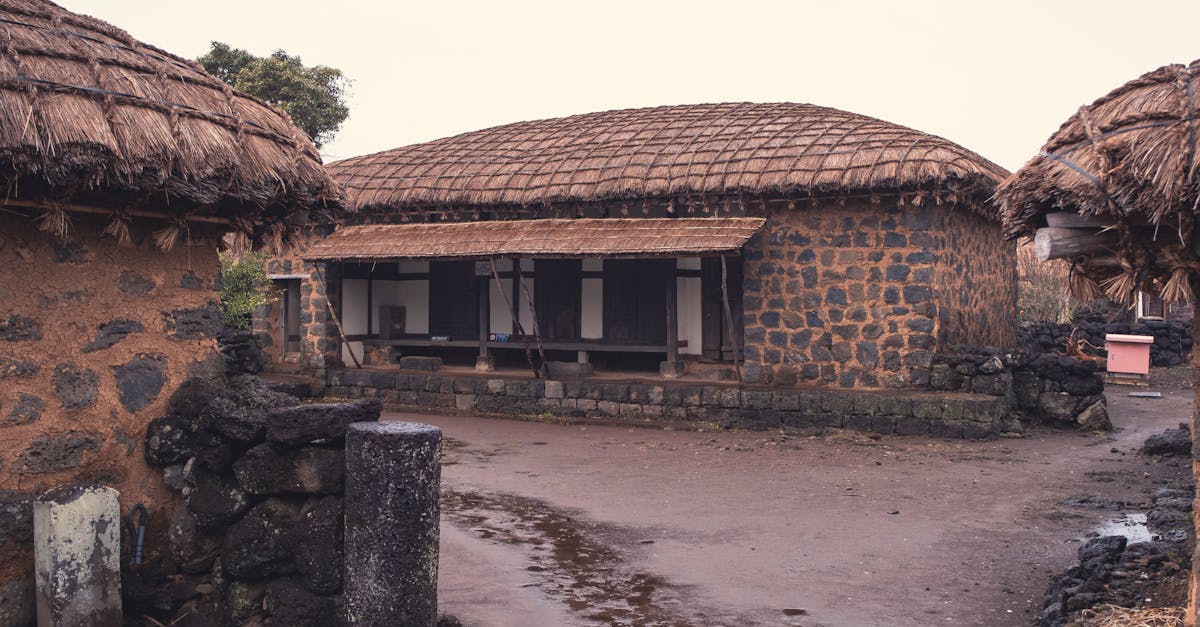Published on:
8 min read
Embrace Homestead Living: Your Guide to Self-Sufficiency and Sustainable Living
Discover the joy of homestead living, where self-sufficiency and sustainability are part of everyday life. This guide provides practical insights and tips to help you start your journey toward a more connected and environmentally friendly lifestyle.

Understanding Homestead Living
Homestead living is more than just a trend; it's a lifestyle choice that embraces self-sufficiency and sustainability. Originating from rural practices, homesteading encompasses various skills and techniques that allow individuals and families to produce their own food, craft their own goods, and reduce reliance on commercial products. This way of life promotes a deep connection with nature, a respect for the environment, and a sense of community. Whether you're looking to grow your own vegetables, raise chickens, or learn to preserve food, understanding the principles of homesteading is the first step toward self-reliance. This journey often starts in your own backyard, creating a sanctuary that nurtures both your family and the earth.
Starting Your Garden for Self-Sufficiency
One of the most rewarding aspects of homestead living is the ability to grow your own food. Starting a garden can be as simple as setting up containers on a balcony or developing a full-scale plot in your backyard. Begin by choosing the right location—plenty of sunlight, convenient water access, and rich soil are essential. Select crops that thrive in your climate and consider companion planting, which maximizes space and promotes healthy growth. For beginners, easy-to-grow vegetables like tomatoes, zucchinis, and green beans can yield plentiful harvests. As you gain experience, experiment with herbs, fruits, and even flowers that attract beneficial insects to your garden. By growing your own produce, you not only enjoy fresh, organic food but also save money and reduce your carbon footprint.
Crafting a Sustainable Home
Creating a sustainable home is a foundational aspect of homestead living. Start by incorporating renewable energy sources, such as solar panels, to reduce your reliance on traditional power supplies. Insulating your home effectively will decrease energy bills and enhance comfort through varying seasons. Additionally, focus on using sustainable materials for home improvements. Reclaimed wood, recycled glass, or bamboo products not only reduce your environmental impact but contribute to a unique aesthetic. Embrace practices like composting and rainwater harvesting to minimize waste and make the most out of the resources you have. These steps will not only benefit the planet but will also create a more resilient and self-sufficient living environment for you and your family.
Conclusion: Embrace the Journey
Embracing homestead living is a transformative journey toward self-sufficiency and sustainability. As you cultivate your garden, enhance your home, and refine your skills, remember that the path to a self-reliant lifestyle takes time and patience. Each small step you take not only leads to personal growth but also contributes to the well-being of the planet. So roll up your sleeves and enjoy the journey of homesteading—your future self will thank you!
Published on .
Share now!










